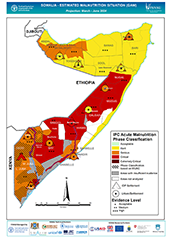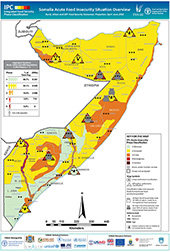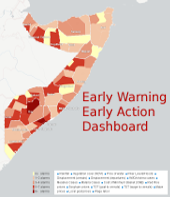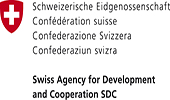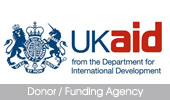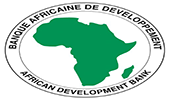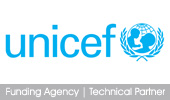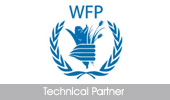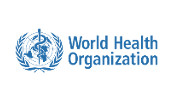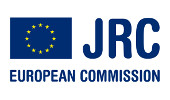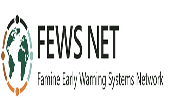Regional Analysis
Urban Areas
FSNAU has conducted its 9th round of the Quarterly Urban Emergency Assessment in the last two weeks of March, covering 22 towns across Somalia. Mogadishu was excluded from the assessment due to insecurity, while all other major towns of all regions have been assessed. For the first time FSNAU disaggregated urban food security analysis by categories of urban livelihoods in Somalia to increase accuracy in estimations and ensure greater comparability between different towns.
Read More ...
Rural Areas
In general, the food security situation has shown a slight improvement in most parts of Somalia, particularly in the drought affected and rain deficit livelihood zones, with the exception of central regions. This is a result of normal to good unseasonal rains received during Jilaal 2010, which improved water and rangeland conditions, livestock production and labour opportunities in view of intensified agricultural activities. However, the numbers (3.2 million people) and distribution of population in Humanitarian Emergency (HE) and Acute Food and Livelihood Crisis (AFLC) estimated during Post Deyr 2009/10 assessment remains unchanged. Livelihoods of drought stricken central regions (Mudug, Galgaduud and Hiran) have been negatively affected by the long Jilaal dry season, which came after six consecutive seasons of rain failure with heavy livestock losses, hyperinflation, civil insecurity and market disruptions.
Read More ...
